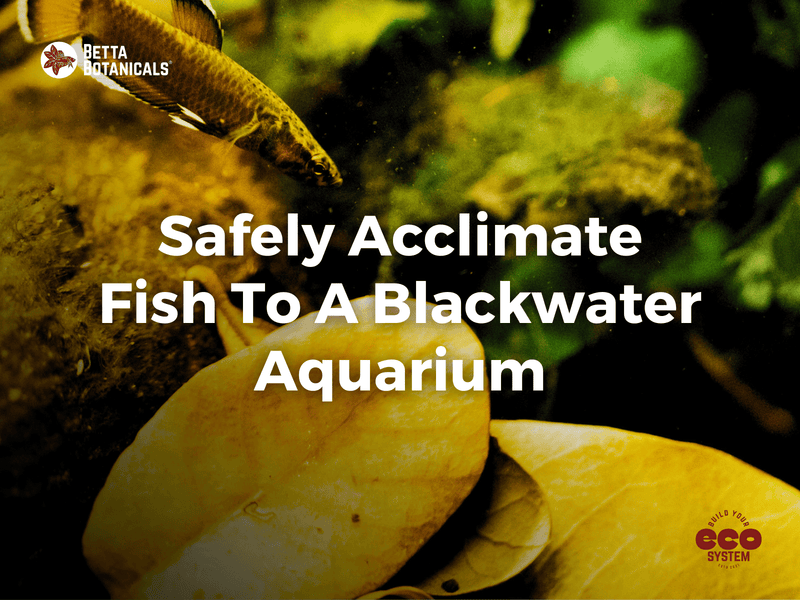
How to Acclimate New Fish to Blackwater and Clearwater Aquariums
Acclimating fish from pet stores is a critical part of the hobby to understand. There have been many times when I've seen new aquarium hobbyists acclimate their fish on Tiktok, and the comment section is a forest fire of arguments. Welcoming new fish into your aquarium is always exciting, but acclimation is one of the most critical steps to get right. Especially in blackwater or botanical method aquariums, where water parameters can differ significantly from store conditions. Let’s demystify this process and guide you through three practical ways to do it properly.
The truth is, there isn’t one correct method—but rather, different approaches depending on the type of fish and how they arrived.

Let's Dive Into Why.
Step 1: Universal First Steps for All Methods
Before any acclimation, always:
-
Inspect the bag for any deceased fish
-
Turn off aquarium lighting to reduce stress
-
Float the bag in your aquarium for 20–30 minutes to equalize temperature
Then, choose your method:
Acclimating Hardy Fish from Local Fish Stores
If you purchased hardy species (like livebearers, danios, or rasboras) from a local fish store (LFS) that uses similar water to your own:
1) After floating the bag, pour small amounts of your aquarium water into the bag every 10 minutes until it has doubled in volume.
2) Using a bucket and net, pour the contents into the net above the bucket. Then place the fish into your aquarium, discarding the bag water.
This avoids introducing potential store-borne diseases to your tank.

Acclimating Sensitive Fish or Distant LFS Sources
If you purchased sensitive species like shrimp, wild-caught bettas, or fish from an LFS that uses different tap water chemistry:
Try Drip Acclimation
You’ll need: airline tubing and a bucket
1) Tie a loose knot in the tubing to slow the flow to 1–2 drops per second.
2) Siphon tank water into the fish bag or a small container holding the fish.
3) Drip for 1–2 hours until the volume has at least doubled.
4) Net the fish into your tank, discarding the acclimation water.
This gradual adjustment is much gentler for delicate species.

Acclimating Fish Shipped Through the Mail
This situation is very different—and potentially risky if handled like the previous two methods.
What Happens in a Shipped Bag?
-
Fish breathe out CO2, which lowers the pH over time.
-
Lower pH turns harmful ammonia into ammonium, which is less toxic.
-
When you open the bag and oxygen rushes in, pH rises again.
-
This can suddenly convert ammonium back into ammonia, shocking the fish.
Best Practice for Acclimating Shipped Fish:
1) Inspect for DOAs
2) Turn off the aquarium lights
3) Float the bag for 20–30 minutes
4) Net the fish into your aquarium over a bucket
Do not drip acclimate shipped fish. The longer they sit in an open bag of water, the more likely a harmful pH swing and ammonia spike will occur. This may seem counterintuitive, but remember that the gradual accumulation of CO2 in the bag leads to chemical changes within the water that can rapidly swing the opposite direction when the bags are opened.

But What About Differences in Aquarium Water Chemistry?
A fair question! Fish do adjust to changes in:
-
pH
-
kH
-
TDS (Total Dissolved Solids)
But these changes happen gradually inside the fish over time. Temperature and ammonia are immediate threats. That’s why prioritizing thermal acclimation and ammonia management matters more than matching pH on day one.
Final Thoughts on Acclimating Fish to New Aquariums
Your approach to acclimation should match the source and sensitivity of the fish.
-
Hardy local fish? Use water addition after temperature acclimation.
-
Delicate species or far-away stores? Try drip acclimation.
-
Mail-order livestock? Temperature match, then immediate transfer with a net.
Botanical method aquariums may offer a more ideal environment for fish to acclimate to a new environment, as the leaf litter and pods release antioxidants to the water column, which can benefit the fish. If leaf litter isn't your vibe, the use of Betta Tea is our go-to solution for tannin replenishment within the aquarium.
Have a method that works well for you? Share your experiences in the comments!
Happy swimming, Ben
Must Read Resources at Betta Botanicals
Key Differences: Biotopes, Blackwater & Botanical Method Aquariums
What's the Truth About Aquarium Tea & Tannins?
What Leaves Can I Feed My Shrimp? Shrimp Safe Leaf Litter!
2025 PRIDE PACK | A Variety Pack Fundraiser for The Trevor Project
- Regular
- $28.00
- Sale
- $28.00
- Regular
-
- Unit Price
- per
Jungle Pods | Sterculia Foetida
- Regular
- from $6.00
- Sale
- from $6.00
- Regular
-
- Unit Price
- per
#TanninBae Beginner Botanical Variety Pack
- Regular
- $17.00
- Sale
- $17.00
- Regular
-
- Unit Price
- per
Betta Tea™ | Natural Blackwater Tannin Replenishment
- Regular
- $24.00
- Sale
- $24.00
- Regular
-
- Unit Price
- per
Alder Cones | Alnus rubra
- Regular
- from $8.00
- Sale
- from $8.00
- Regular
-
- Unit Price
- per
Betta Botanicals® Variety Pack
- Regular
- $24.00
- Sale
- $24.00
- Regular
-
- Unit Price
- per
Texas Live Oak Leaf Litter | Quercus fusiformis
- Regular
- from $8.00
- Sale
- from $8.00
- Regular
-
- Unit Price
- per
Shingle Live Oak Twigs | Quercus imbricaria
- Regular
- from $8.00
- Sale
- from $8.00
- Regular
-
- Unit Price
- per




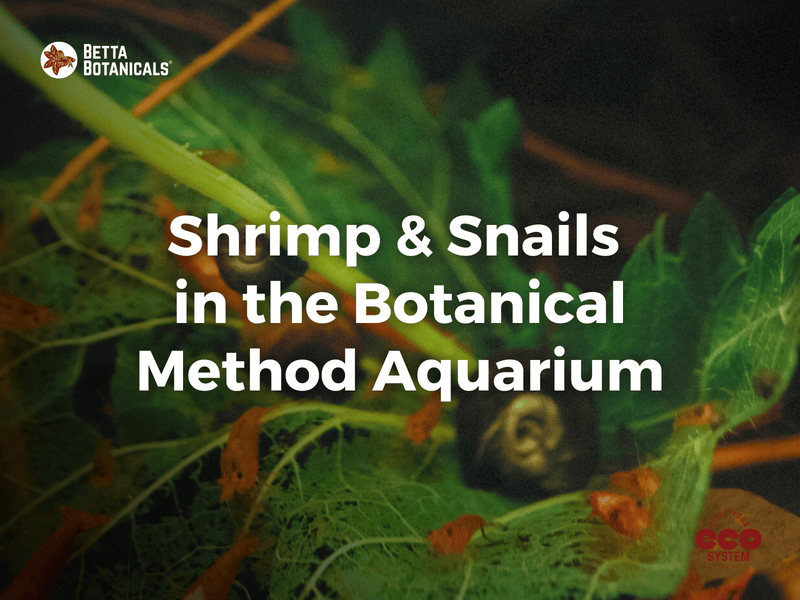




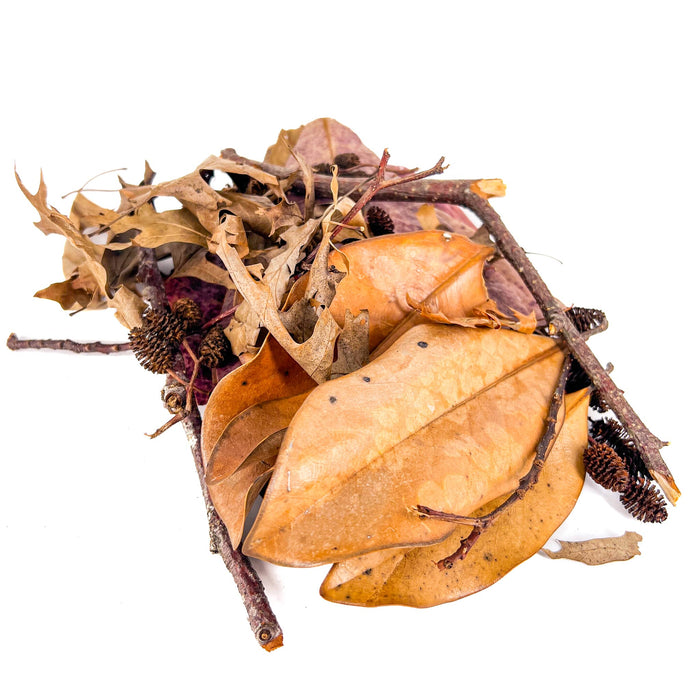
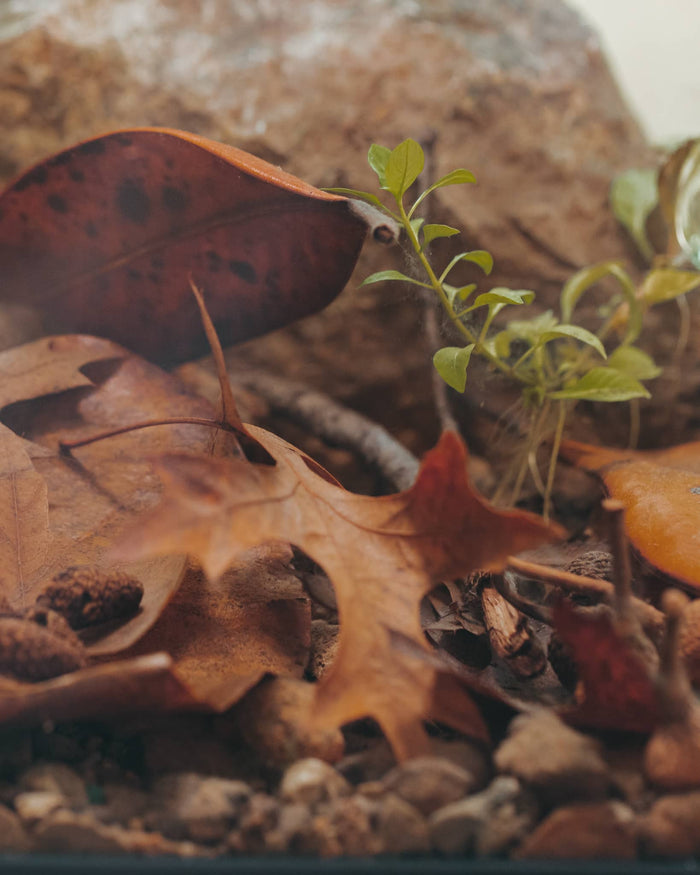




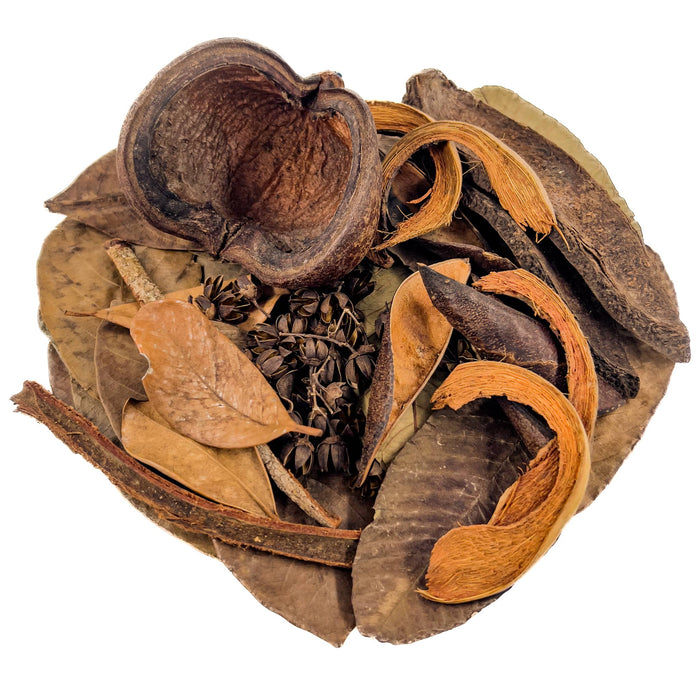
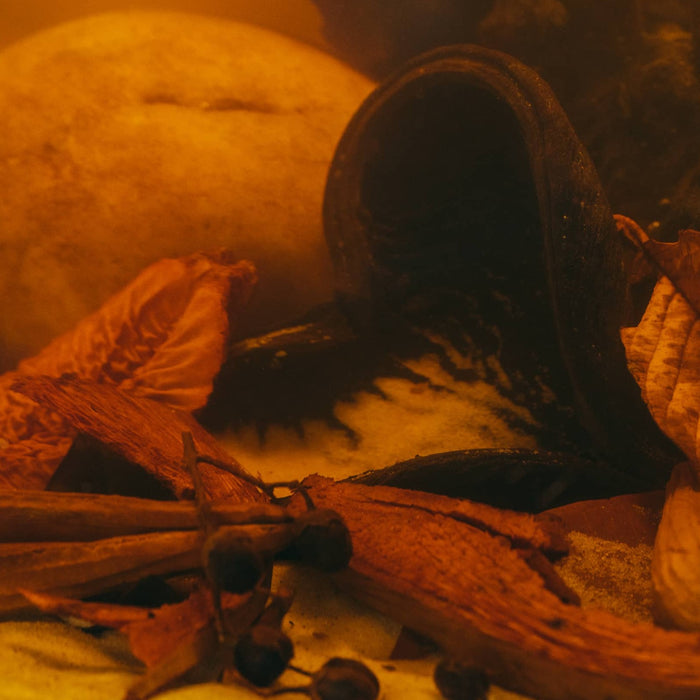
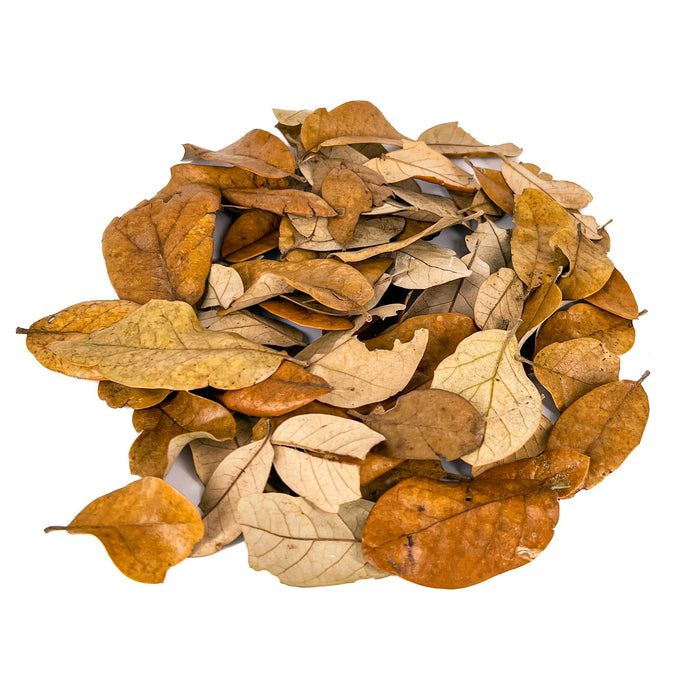
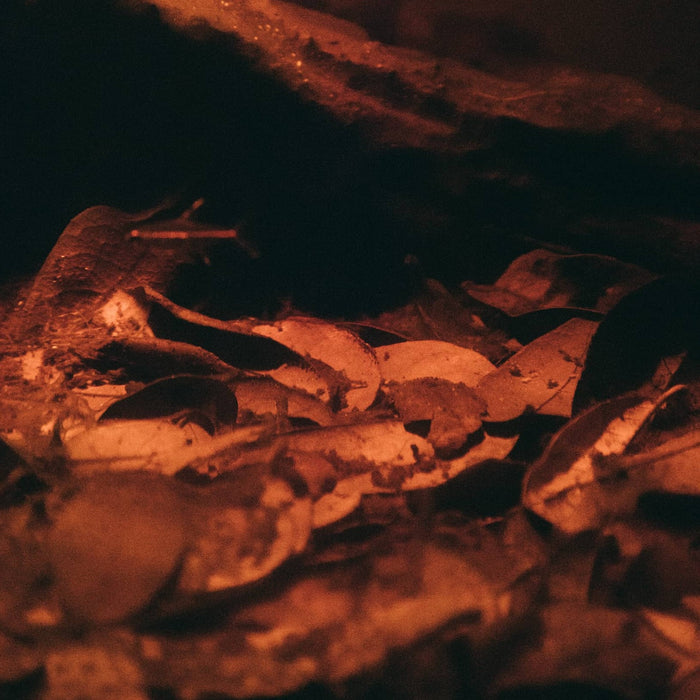
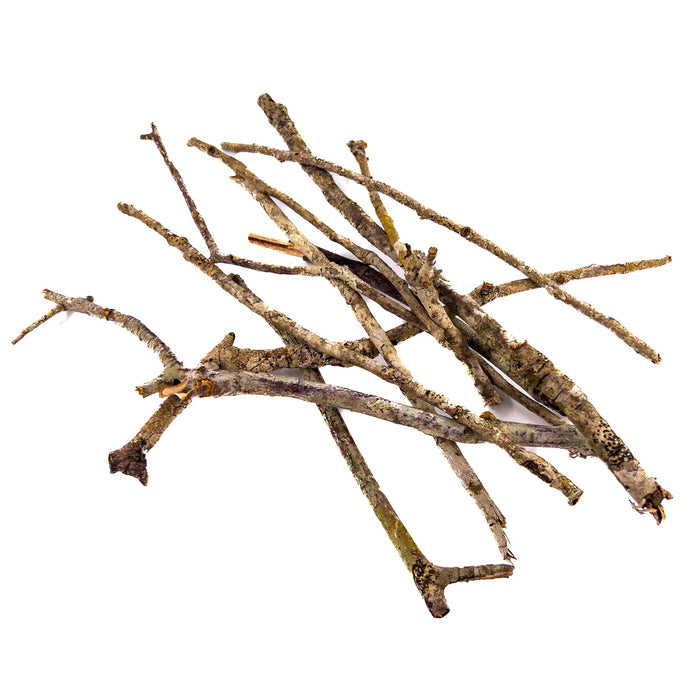
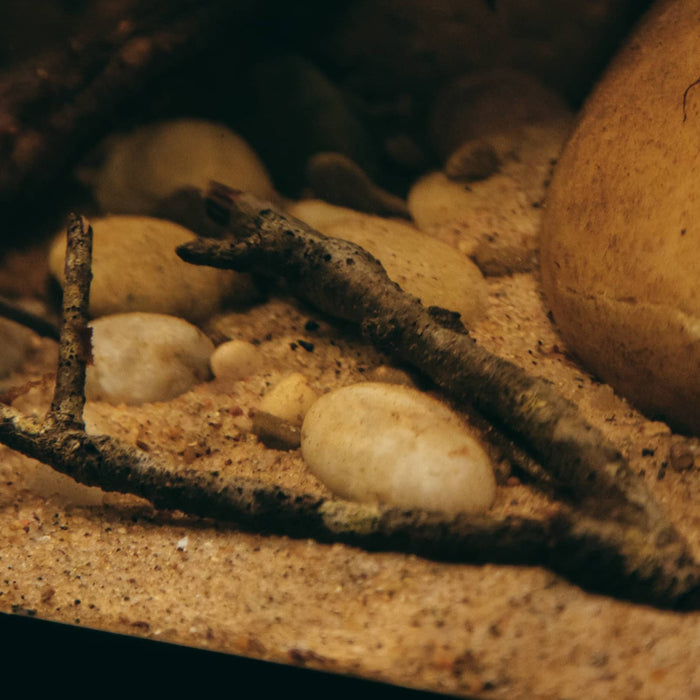
0 comments